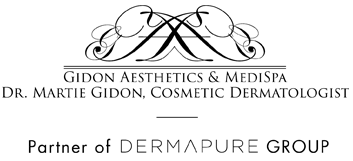Which is better, a chemical peel or laser skin resurfacing? Our Toronto Gidon Aesthetics & MediSpa team recommends these two skin rejuvenation procedures to improve skin texture, tone, and appearance. While both treatments aim to rejuvenate the skin, making it easy to improve problem areas, they differ in their methods, target areas, and intensity, offering individuals different options based on their needs and preferences. If you are wondering which procedure is best for you, downtime, results and cost are important considerations. The best approach for you depends on your skin type and concerns.
There is some overlap in the types of benefits chemical peels and lasers provide and the concerns they address. Both treatments encourage the growth of new skin cells and remove old, damaged skin. They address concerns such as wrinkles, fine lines, acne scars, and hyperpigmentation; however, the procedure itself is very different for each option.
Chemical peels involve applying an acidic solution to the skin’s surface. These solutions exfoliate the outer layer of dead skin cells, promoting cell turnover and revealing fresher, smoother skin underneath. They are effective for many types of superficial skin issues.
Laser skin resurfacing, on the other hand, employs a focused wavelength of light to target specific skin areas. There are two main types of lasers used for resurfacing: ablative and non-ablative. Fractional laser technology is commonly used, delivering tiny, controlled laser beams to targeted areas for quick healing and minimal downtime.
One key difference between the two treatments is the level of control and precision. Laser resurfacing allows practitioners to finely adjust the intensity, depth, and coverage of treatment, making it suitable for more specific and customizable outcomes. Lasers can even focus on individual blemishes such as dark spots and scars. Chemical peels, while effective, might have a less precise outcome.
Another factor to consider is the effectiveness of lightening pigmentation. Chemical peels are usually much safer than most lasers for darker skin tones. They can fade pigmentation without the concern of inflammation caused by lasers that potentially results in increased pigmentation.
Laser treatments are more effective for correcting textural changes such as sun damage and scars. They can be more effective on other deeper skin issues and for collagen remodeling. Lasers can often deliver faster results in comparison to chemical peels.
Which is better, a chemical peel or laser skin resurfacing? It depends on the individual and specific concerns. Contact our Toronto-based Gidon Aesthetics & MediSpa team for more details. Call us at 416-483-4541 or submit a contact form to schedule a consultation.


